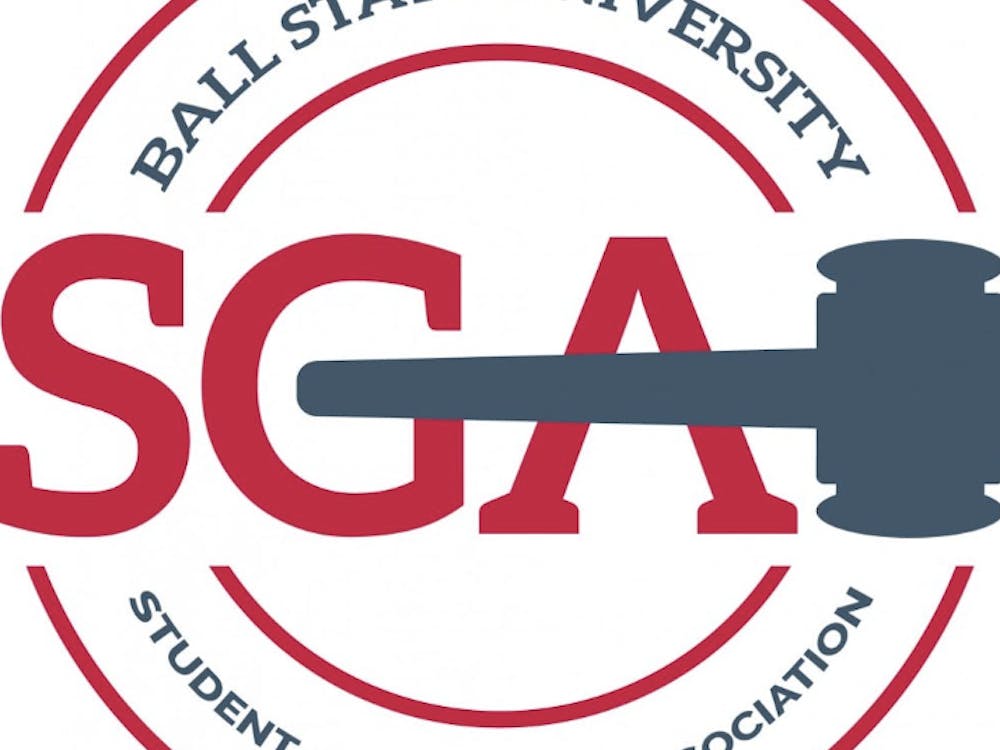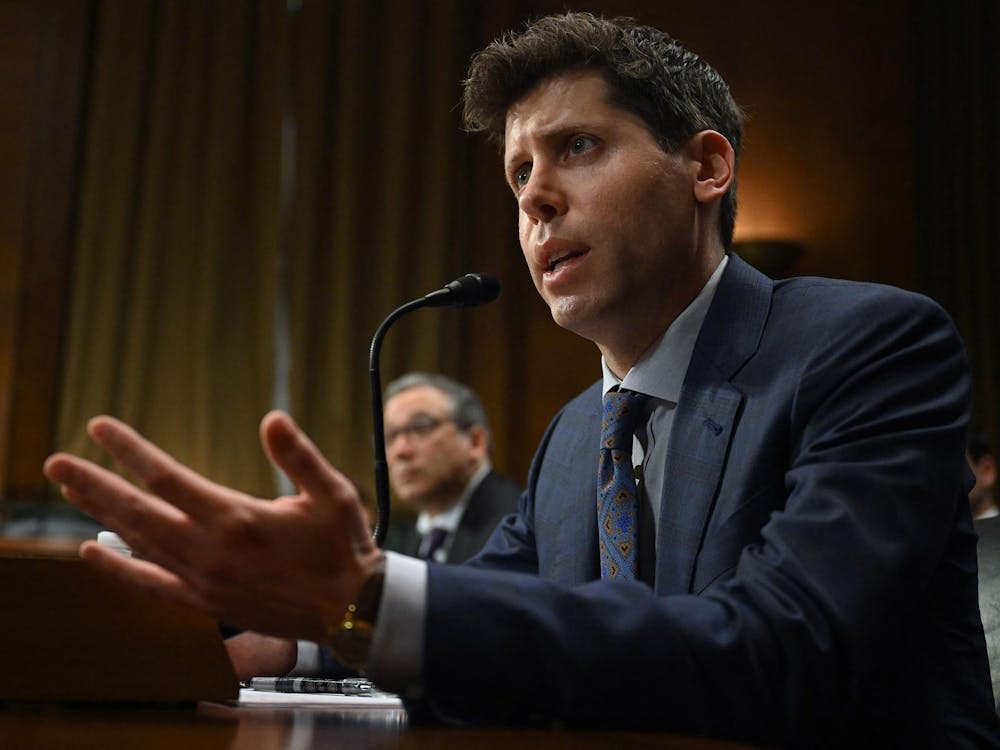Airport mishaps:
The problem of planes landing at incorrect airports is unusual, but has happened before. Former National Transportation Safety Board member John Goglia said around two incidents have occurred a year for the last several years.
In November 2013, a Boeing 747 bound for Wichita, Kan., ended up landing 9 miles south of its destination. Another incident earlier that year happened when a cargo plane in Tampa, Fla., landed at an airport near the one it was supposed to arrive at.
Source: The Associated Press
A Southwest Airlines plane bound for Branson, Mo., mistakenly landed at a nearby airport instead of its intended destination Sunday.
The plane landed on a runway much shorter than what a Boeing 737 is prepared for, but no one was hurt in the strained landing.
The pilots were grounded Monday, and an investigation has been launched into why the plane ended up at the wrong airport.
DALLAS — The pilots of a Southwest Airlines flight that mistakenly landed at the wrong Missouri airport were grounded Monday, less than a day after they touched down at a small airfield that gave them only half as much room as normal to stop the jet.
After passengers were let off the plane Sunday evening, they noticed the airliner had come dangerously close to the end of the runway, where it could have tumbled down a steep embankment if it had left the pavement.
“As soon as we touched down, the pilot applied the brake very hard and very forcibly,” said passenger Scott Schieffer, a Dallas attorney who was among the 124 passengers aboard Southwest Flight 4013 from Chicago’s Midway Airport to the Branson airport. “I was wearing a seatbelt, but I was lurched forward because of the heavy pressure of the brake. You could smell burnt rubber, a very distinct smell of burnt rubber as we were stopping.”
Branson Airport has a runway that is more than 7,100 feet long — a typical size for commercial traffic. The longest runway at Taney County Airport is only slightly more than 3,700 feet because it is designed for small private planes.
After the jet stopped, a flight attendant welcomed passengers to Branson, Schieffer said. Then, after a few moments, “the pilot came on and said, ‘Ladies and gentlemen, I’m sorry to tell you we landed at the wrong airport.’”
Southwest spokesman Brandy King said grounding the pilots involved is common while the airline and federal aviation officials investigate the mistake.
The captain is in his 15th year flying for Southwest, King said.
At first, Schieffer said, he considered the mistake only an inconvenience. But once he got off the plane, someone pointed to the edge of the runway, which he estimated as about 100 feet away.
“It was surreal when I realized we could have been in real danger and instead of an inconvenience, it could have been a real tragedy,” he said.
Mark Parent, manager of the smaller airport also known as M. Graham Clark Downtown Airport, described the distance as closer to 300 feet. He said the runway is built partly on landfill. At the end there is a “significant drop-off,” with a ravine beneath it, then busy U.S. 65 on the other side.
He said a Boeing 737 had never landed at the small airfield, which opened in 1970 and normally handles light jets, turboprops and small aircraft for the charter, corporate and tourism markets.
No one was around at the airport when the Southwest flight landed. Airport staffers had gone home about an hour earlier but were called back after the unexpected arrival, Parent said.
Brad Hawkins, a spokesman for Dallas-based Southwest, said everyone aboard the jet was safe. He did not know why the plane went to the wrong airport.
Federal Aviation Administration spokesman Tony Molinaro said the agency was investigating, but he declined to elaborate.
Jeff Bourk, executive director of Branson Airport, said the Southwest pilot was in communication with the airport tower, which cleared him to land around 6 p.m. The plane touched down a few moments later at the other airport.
Skies were clear at the time, with the temperature in the 50s, Bourk said.
Passengers were loaded on buses for the 7-mile trip to Branson. Southwest brought in another plane for passengers flying on to Love Field in Dallas. That flight departed around 10 p.m., Bourke said.
Hawkins said the aircraft involved in the mistaken landing should be able to take off from the smaller runway, though it was not clear when that would occur.
The minimum runway length needed to take off varies depending on a plane’s weight, the temperature and other factors. Based on Boeing documents, a lightly loaded 737-700 can take off from a runway about the length of the M. Graham Clark airport.
Parent said he had no doubts that the plane would be able to take off safely.
Instances of commercial jets landing at the wrong airport are unusual, but not unheard-of, according to pilots and aviation safety experts. Usually, the pilots are flying “visually,” that is, without the aid of the autopilot, in clear weather.




